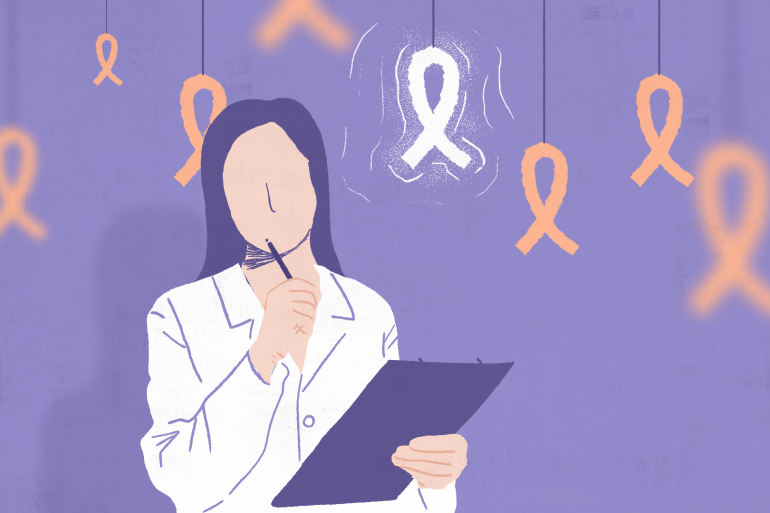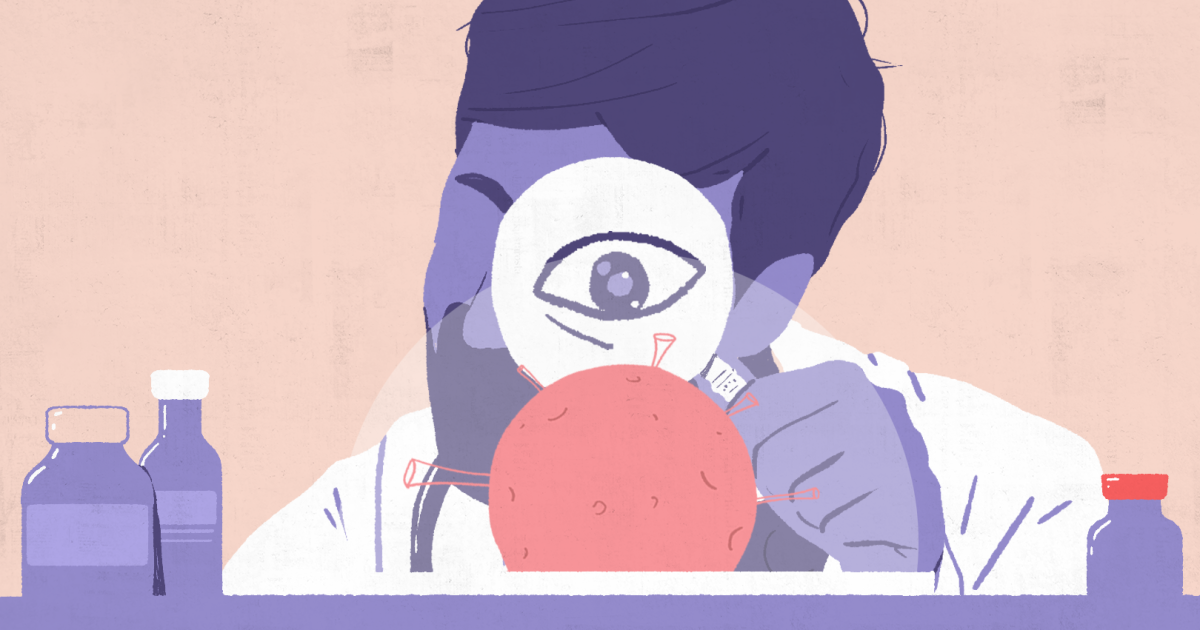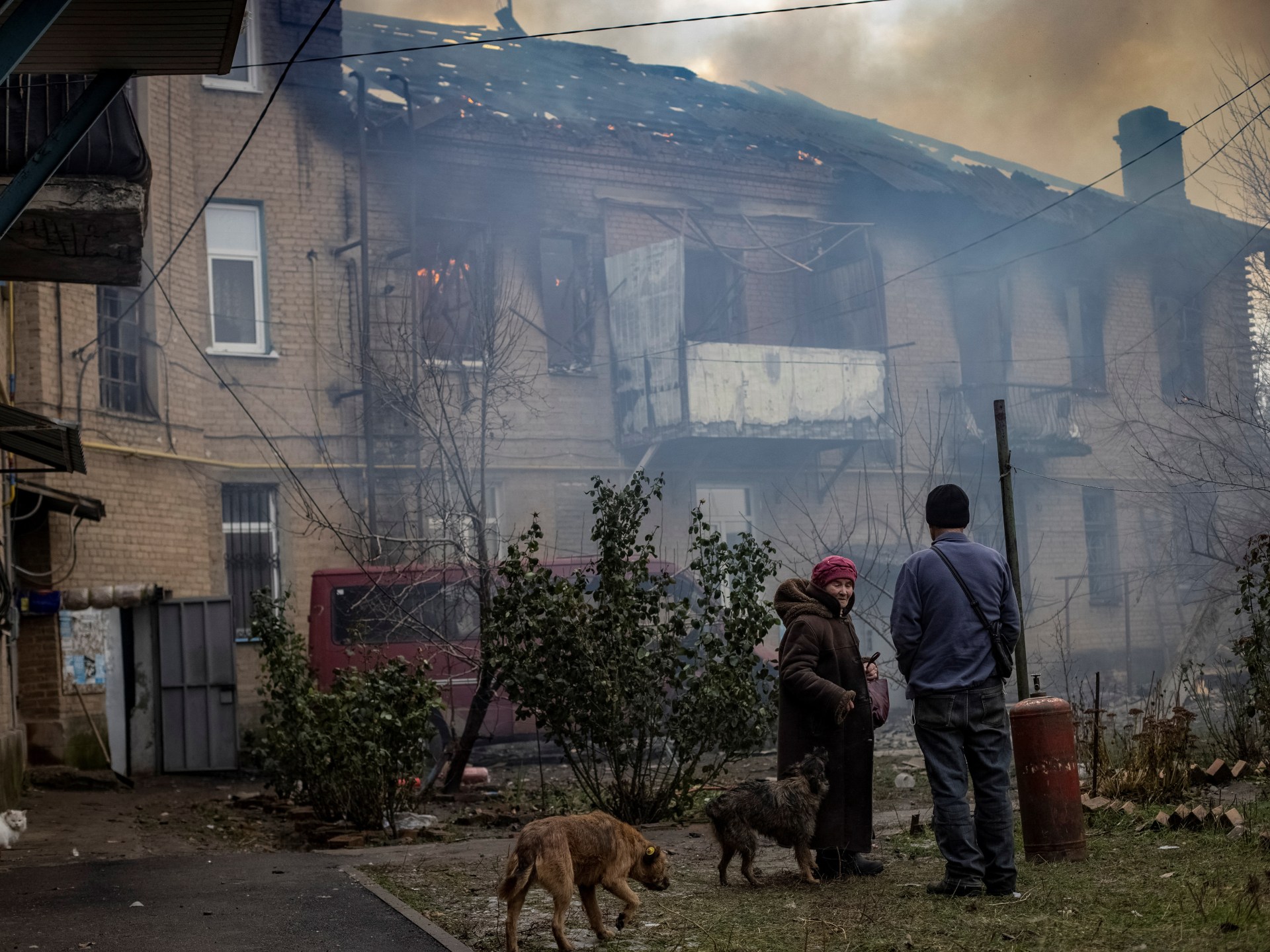What will the next generation of COVID vaccines look like? | Health
The COVID-19 pandemic caused by the severe acute respiratory coronavirus (SARS-CoV-2) continues to be a global threat. Millions of lives have been lost to the illness and many continue to suffer ongoing symptoms long after they have cleared their initial infection. While we have advanced in our knowledge of the virus, and now have medicines that have proven effective in treating it, we still have some way to go in future-proofing the vaccines that are currently in use to help prevent serious illness from the virus.
Developing vaccines is notoriously difficult and the creation of the COVID-19 vaccines has been an unprecedented achievement. But while the distribution of the current vaccines must continue throughout the world, we should also be looking ahead to the next generation of vaccines that will provide a broader and more robust immune response.
Second-generation COVID-19 vaccines will need to build upon the success of the current ones. Whereas the widely used mRNA vaccines stimulate an immune response to the SARS-CoV-2 spike protein, we have recently seen that mutations and new variants can change the structure of this part of the virus, making the vaccines less effective. The next generation of vaccines should be made with the aim of protecting us against current and future variants, no matter how infectious or virulent they may be.
Additionally, future vaccines should be able to reduce the risk of transmission of the virus from those who have been vaccinated. This means they will need to be able to reduce viral load, usually by initiating high levels of neutralising antibodies that can target the virus before it has a chance to multiply inside of a host and spread. We also need that immune response to be as long-lasting as possible, meaning boosters, if needed, can be spaced out.
Crucially, if we want to tackle this pandemic on a global scale, the vaccines need to be cheap and accessible to all.
One vaccine that is in development, which may help solve some of these issues, is biotech firm Gritstone’s self-amplifying mRNA (SAM) COVID-19 vaccine, named GRT-R910. Self-amplifying mRNAs have shown enhanced antigen expression and antibody production at lower doses compared with conventional mRNA, suggesting this technology may improve immunisation. It will then require lower doses and possibly less frequent boosters.
The GRT-R910 vaccine is entering phase 1 trials in the United Kingdom. As well as producing antibodies to the spike protein, it is hoped it will also induce an immune response to other proteins that the virus harbours. Gritstone said in a statement that GRT-R910 may trigger robust, sustainable and wide immune responses against SARS-CoV-2 variants.
“Our SAM COVID vaccine is designed to drive robust CD8+ T cell responses, in addition to strong neutralising antibody responses, offering the promise of longer-lasting immunity, especially in more vulnerable populations,” explained Andrew Allen, the CEO of Gritstone. “Additionally, since viral surface proteins like the spike protein are evolving and sometimes partially evading vaccine-induced immunity, we designed GRT-R910 to have broad therapeutic potential against a wide array of SARS-CoV-2 variants by also delivering highly conserved viral proteins that may be less prone to antigenic drift.”
What this means in real terms is stronger, broader and longer-lasting immune responses, which will mean less immune escape as future variants inevitably arise, and the possibility of less frequent booster shots.
Many low-to middle-income countries have been unable to afford the number of COVID-19 vaccines needed to inoculate their entire populations. They are having to rely on programmes such as the World Health Organization’s (WHO) COVAX scheme which facilitates vaccine equity across the world. One company that is specifically focusing on getting COVID-19 vaccines to low-income nations is the Swedish biotech Ziccum. It has developed a technology to air-dry existing vaccines, converting them into powder forms that do not need to be stored or transported at cold temperatures. Ziccum has partnered with the Janssen pharmaceutical company in a bid to develop dry powder versions of their vaccines, including Janssen’s COVID-19 vaccines.
Their research, however, does not stop at COVID-19. They are also working to transform manufacturing and access to Janssen’s Ebola and RSV vaccines. Ziccum argues that by using its technology to air dry vaccines, it removes cold-chain storage-related logistical problems, so they can be delivered to more remote or hard-to-reach parts of the world.
In June 2021, the WHO launched its mRNA tech-transfer hub in South Africa. Because of the discrepancy in access to vaccines between the richest and poorest countries, many researchers felt that the only way to ensure equitable access was for the Global South to make its own.
The WHO called on pharmaceutical companies and governments to share their patented knowledge and technology of the COVID-19 vaccines so low-to middle-income countries could produce them. There was little response from the companies, but South African biotechnology company, Afrigen Biologics and Vaccines, went ahead and manufactured its own version of the Moderna COVID-19 vaccine. The company, which was selected by the WHO, chose Moderna as the vaccine to replicate as quite a lot of the information about the vaccine’s manufacture was in the public domain. Also, Moderna has pledged not to enforce its patent during the pandemic.
It is hoped this new “Moderna mimic” will be ready for phase 1 trials by the end of 2022. Work is also under way to manufacture the vaccine at scale so it can be distributed to those most in need. The WHO hopes that Afrigen will work as a hub and train other companies across the world to produce the vaccine. There are many more steps required before this vaccine can be manufactured globally, including legal ones. But if it does work, it will take us one step closer to removing poorer countries’ reliance on wealthier nations for their COVID-19 vaccines.
Even if some of these newer vaccines never make it to market for COVID-19, the knowledge, research and manufacturing processes being gained through their development may bring major benefits in the realms of other diseases. Future pandemics are looking more and more likely and the better prepared we are for them, the more lives can be saved.
Is there a ‘new’ HIV variant?
The Human Immunodeficiency Virus (HIV) is one of the fastest mutating viruses ever studied. Now a team of scientists, led by Oxford University, with key contributions from the Dutch HIV Monitoring Foundation, have identified a strain of HIV, being called the “VB” variant, which has been found to be highly virulent.
Many papers have reported the VB variant as a “new” variant of HIV, but this is untrue. Although the information about its virulence may be new, the variant itself is not. By analysing the patterns of genetic variation among the samples, the researchers estimate that the VB variant first arose between the late 1980s and 1990s in the Netherlands. It spread more quickly than other HIV variants during the 2000s, but its spread has been declining since about 2010.
Conspiracy theorists were quick to try to spread misinformation online by linking this variant to the COVID-19 vaccines, but this has been debunked as the variant predates not just the vaccines but COVID-19 by more than 20 years.
 [Muaz Kory/Al Jazeera]
[Muaz Kory/Al Jazeera]HIV is a virus that damages the cells in your immune system and weakens your ability to fight everyday infections and disease. Its main route of spread is through the mixing of bodily fluids such as blood and semen. AIDS (acquired immune deficiency syndrome) is the name used to describe a number of potentially life-threatening infections and illnesses that occur when your immune system has been severely damaged by HIV. With an early diagnosis and effective treatments now available, most people with HIV will not develop any AIDS-related illnesses and will live a near-normal life.
One of the ways we monitor the severity of a HIV infection is to measure a type of white blood cell in an individual called a CD4, a type of T cell. A CD4 count is used to check the health of the immune system in people infected with HIV. The virus attacks and destroys CD4 cells. So if CD4 cells drop too low, then the individual develops a risk of infection. Another way clinicians measure severity of disease and the effect of treatment on those living with HIV is to measure their “viral load” – or the level of the virus in their blood. The lower the viral load, the more effective the treatment will be, and the infected person is less likely to pass the virus on.
Changes in either viral load or CD4 count in groups of people being monitored can also give an indication as to whether HIV has mutated or changed course. The authors of a study monitored the blood of more than 100 people in the Netherlands with a specific variant of HIV called subtype-B HIV-1, which is now being dubbed “VB”. They then compared the changes in their blood to 6,604 individuals with other subtype-B strains and found the following:
1. Individuals with the VB variant had a viral load (the level of the virus in the blood) between 3.5 and 5.5 times higher
2. The rate of CD4 cell decline (the hallmark of immune system damage by HIV) occurred twice as fast in individuals with the VB variant, placing them at risk of developing AIDS much sooner
3. Individuals with the VB variant also showed an increased risk of transmitting the virus to others.
The reassuring news is that individuals with the VB variant responded just as well as those with other variants to HIV treatment; but the research does serve to highlight the importance of an early diagnosis and immediate treatment, as these individuals were at risk of progressing to AIDS sooner. The team of researchers did not analyse what makes the VB variant more virulent, and more work is being done on that. But it does highlight the volatility of HIV and the importance of monitoring known variants.
Authors of the study have also stated that the public does not need to worry about these findings; rather they re-emphasise the importance of regular testing, early diagnosis, and immediate HIV treatment.





Pingback: 사업자단말기
Pingback: orange hawaiian mushroom for sale magic boom bars where to buy psilocybin capsules for sale
Pingback: see this here
Pingback: เว็บดูบอล
Pingback: 9.9hp outboard
Pingback: ทีเด็ดฟุตบอล